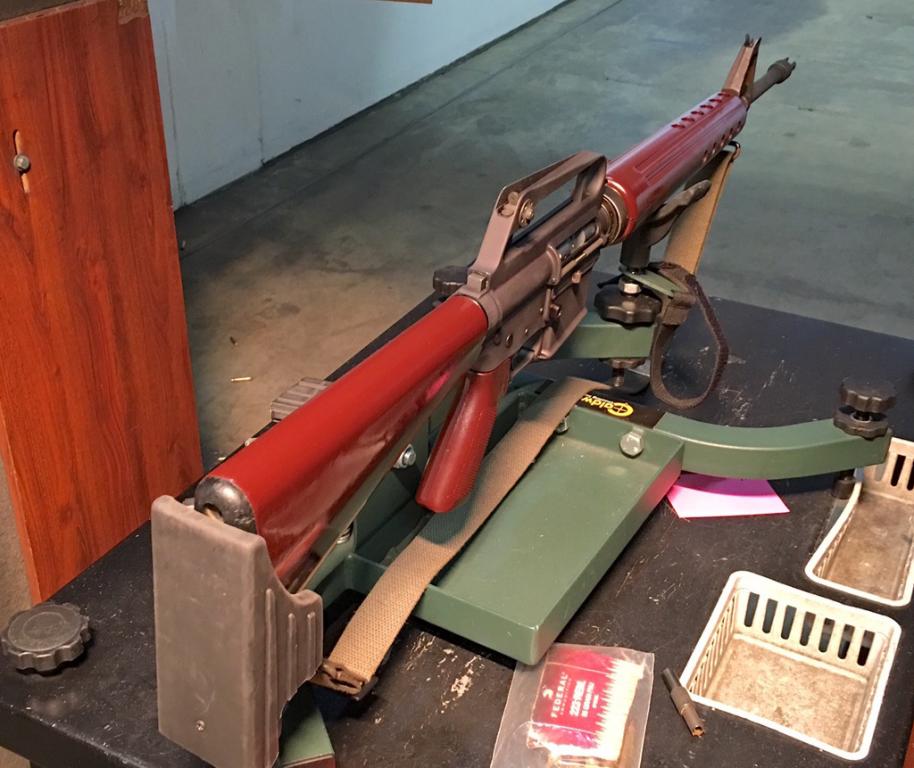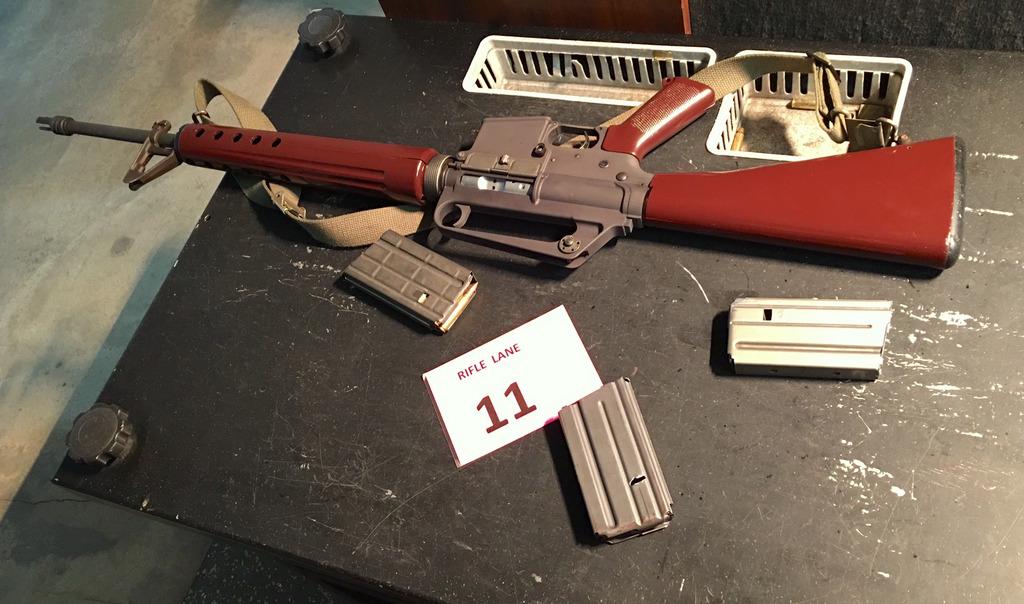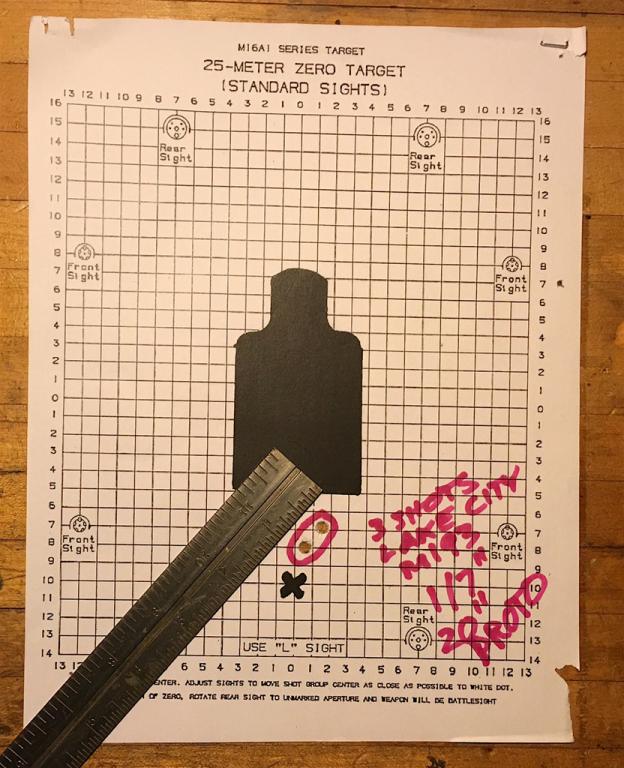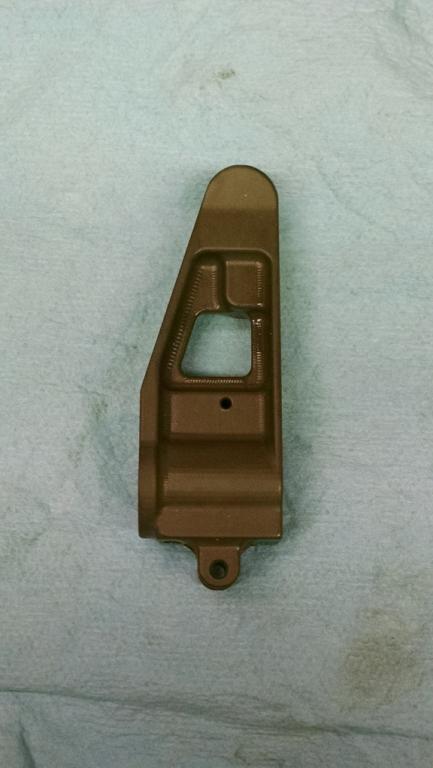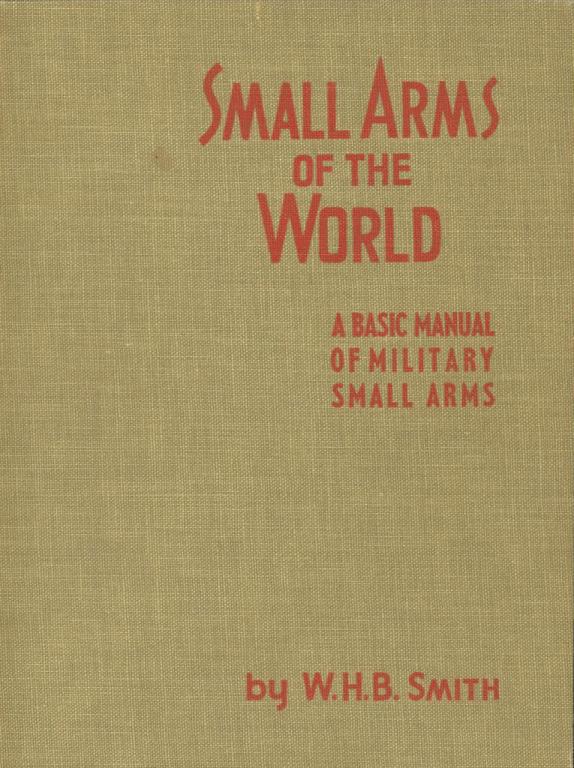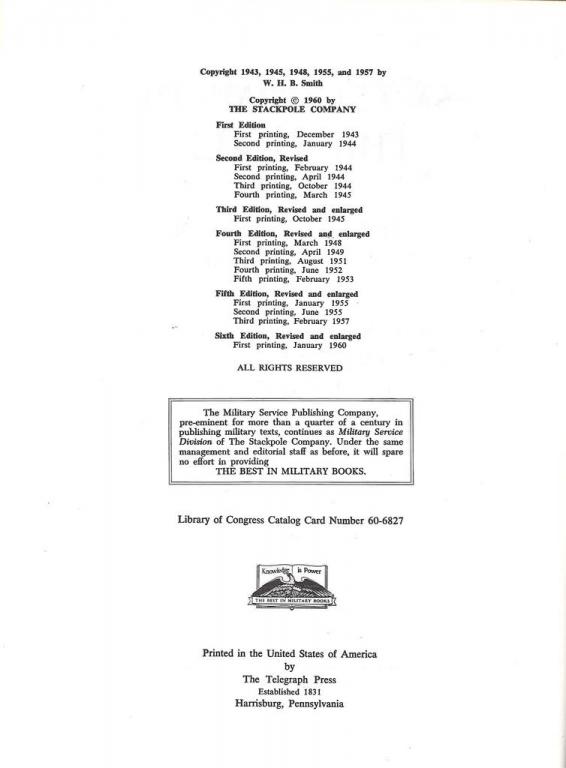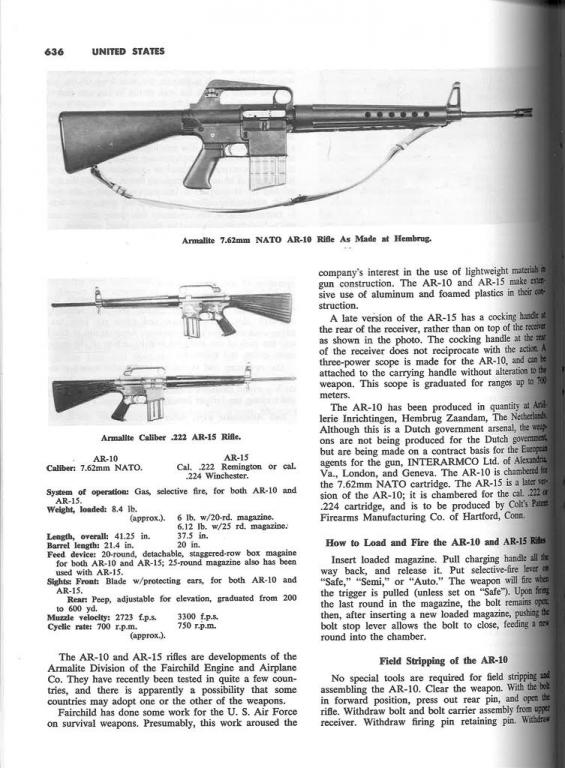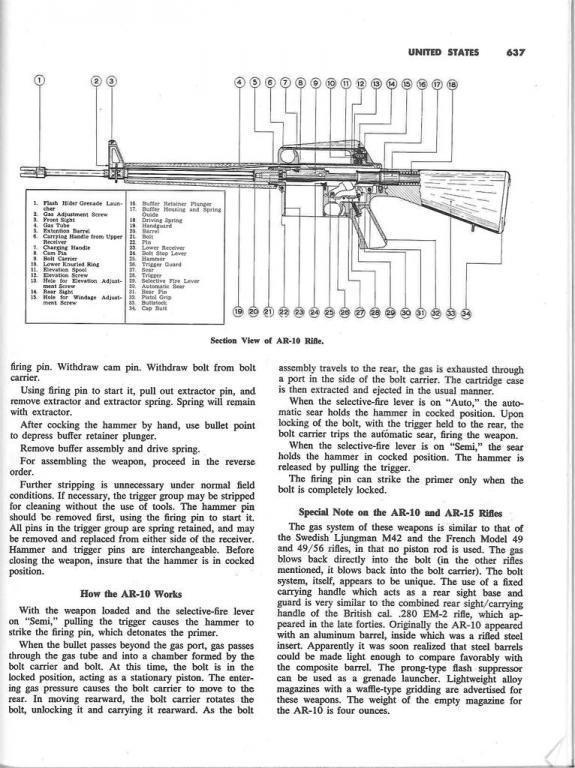In the 1950s, the Army convened the SCHV (Small Caliber High Velocity) rifle trials. It gave us the winchester Light rifle (basically an M1carbine design in .224 Winchester) and the Armalite AR-15, designed by Eugene Stoner's team at Armalite division of Fairchild Aircraft.
The Armalite version was basically a scaled down AR10 7.62x51, and initial prototypes had the charging handle inside the carry handle. It looked like a second trigger. Ever since I saw a picture of the prototypes in a Popular Mechanics as a kid in the 50s, I wanted one.
Now mine is done, using a Nodak Spud Prototype lower and U15 prototype upper. Beside the trigger charging handle, the lower is absolutely slick side, with no boss for the mag catch, bolt hold open, or channel inside the mag well, and smooth side on the right. The non-captive pivot pin goes in from the left side, instead of the right like the later 601 and 602 Models.
This summer, I am having Ident engrave it with the Armalite Pegasus logo, and have John Thomas of Retro Arms Works rework the barrel and mount a prototype front sight base I located.
---------- Post added at 09:55 PM ---------- Previous post was at 09:53 PM ----------
Here how I did my furniture for the prototype build, refinished in Rustoleum "Kona Brown 2X" with primer mixed in it already.
The handguards are the AR10B handguards that Mike and Harlan sell (along with the round handguard cap) at Nodak Spud. The stock was a real BTDT, BFPU Type D stock that looked like the surface of the moon. I prepped it with light weight auto body filler from Auto Zone, the kind with the red hardener.
First I cleaned it with alcohol, used the filler, rough sanded with medium steel wool in about 30 minutes, then let it cure over night. Final sanding was done with a medium grit foam sanding block. Cleaned it a second time with alcohol, then painted in two light coats.
First coat:
Rough sanded:
Finished product:
 Information
Information

Warning: This is a relatively older thread
This discussion is older than 360 days. Some information contained in it may no longer be current.
- Knowledge Library

- MKL Entry of the Month
- Australia
- Austro-Hungarian Empire
- Canada
- Czechoslovakia
- Denmark
- Finland
- France/Belgium
- Germany
- Italy
- Japan
- Norway
- Russia
- South America
- Sweden
- Switzerland
- Turkey
- United Kingdom
- United States
- Yugoslavia
- Is my rifle authentic or a fake?
- Jay Currah's Lee Enfield Web Site
- On-line Service Records (Canada)
- Technical Articles/Research
- Forum
- Classifieds

- What's New?
-
Photo Gallery

- Photo Gallery Options
- Photo Gallery Home
- Search Photo Gallery List
-
Photo Gallery Search
- Video Club

- iTrader










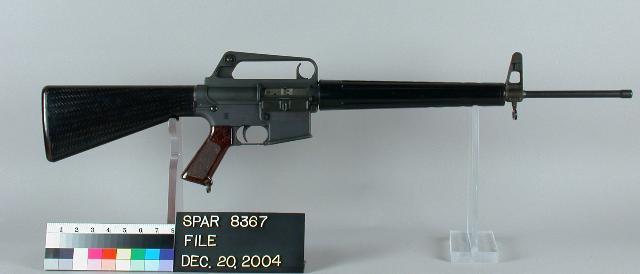


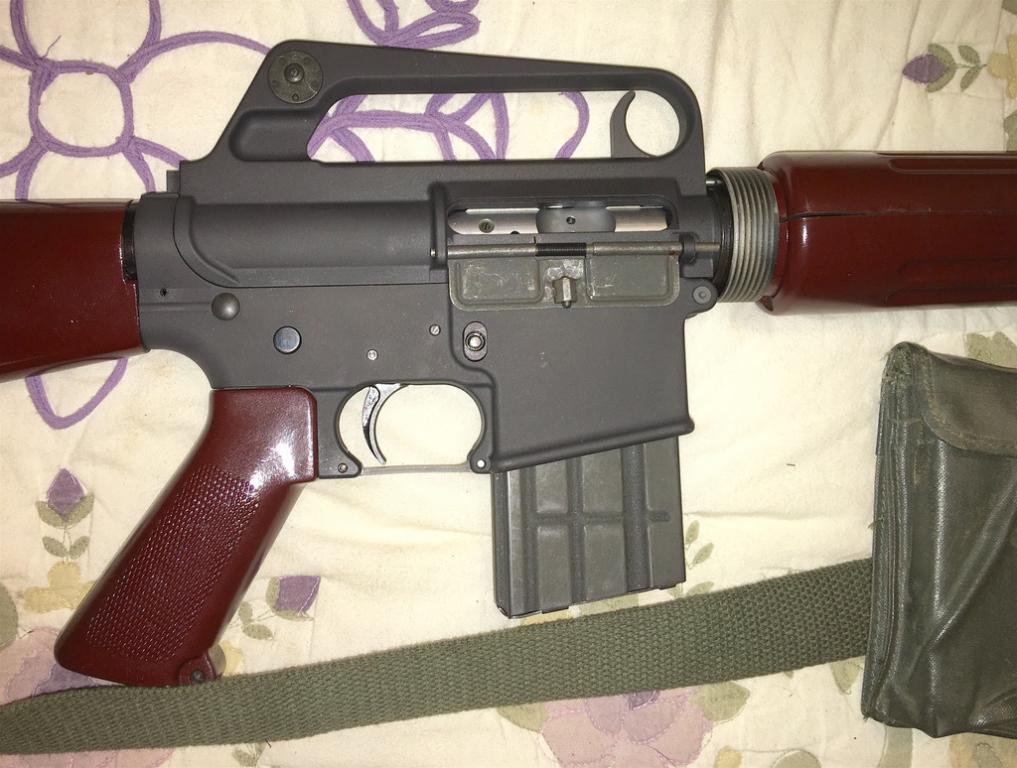
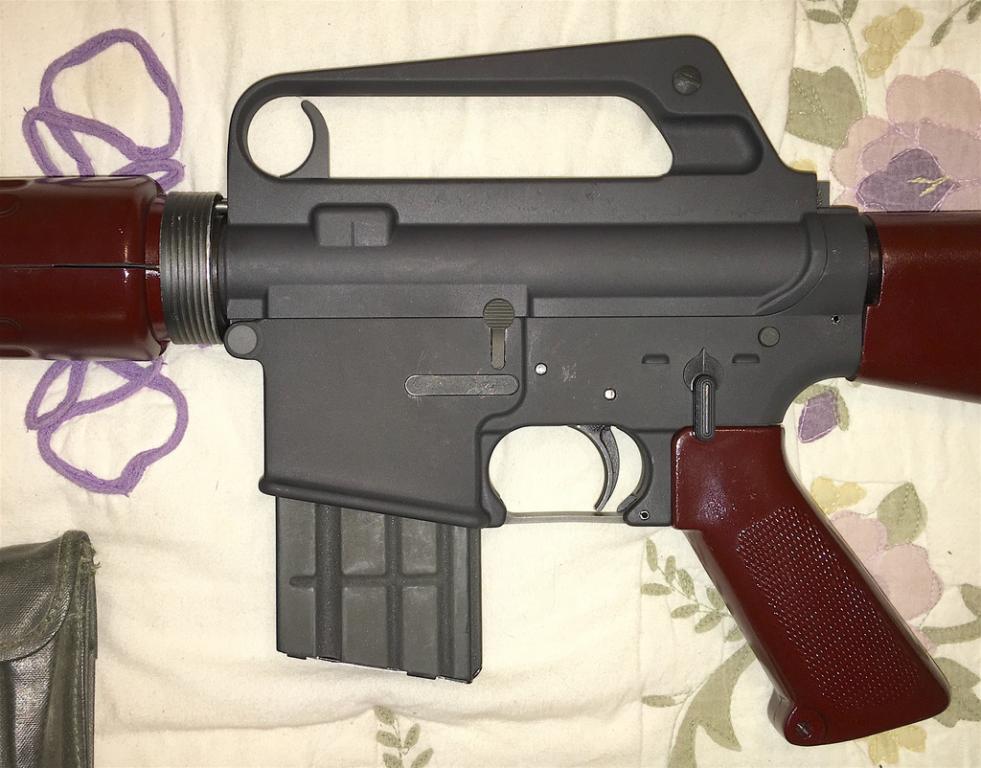
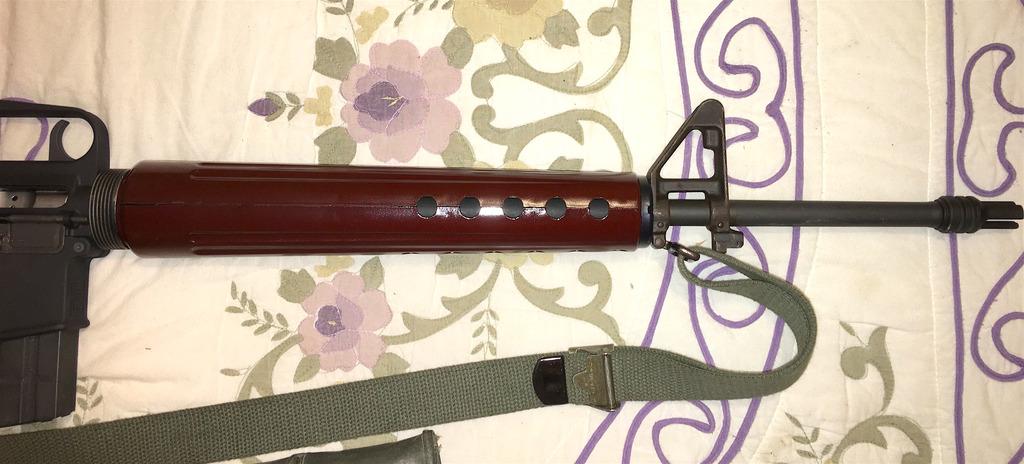
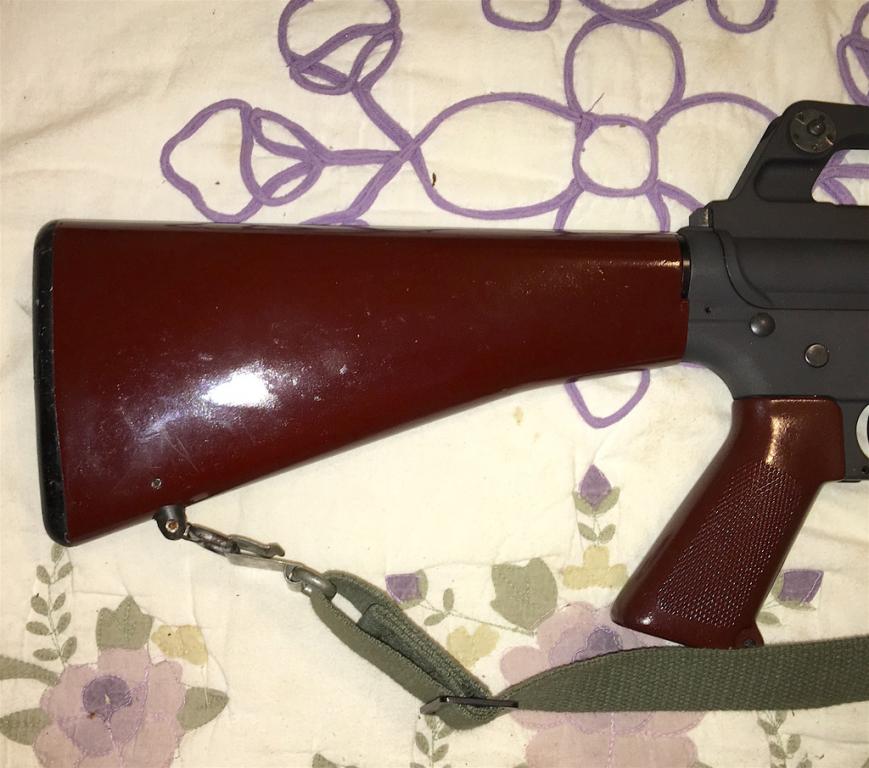
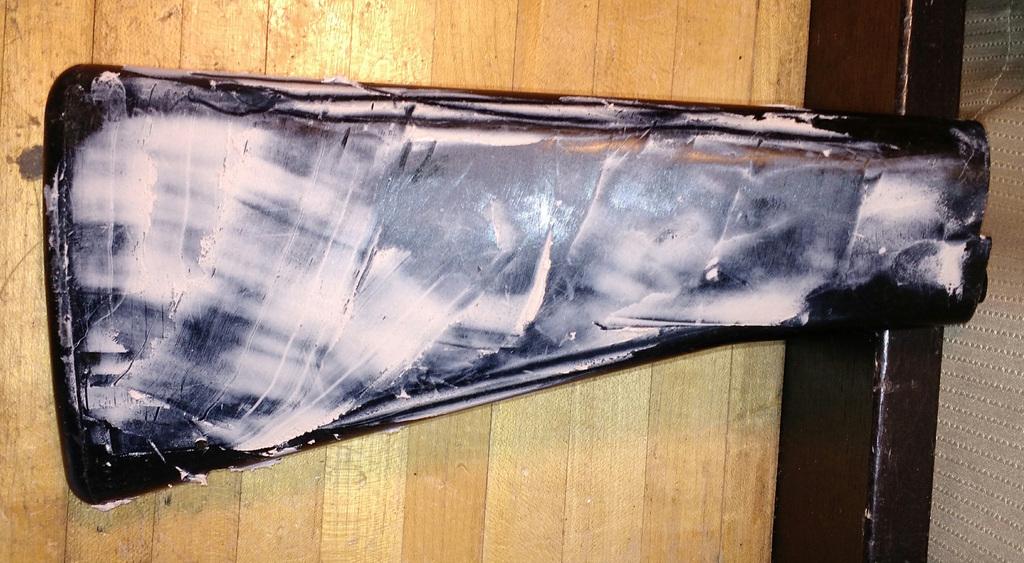
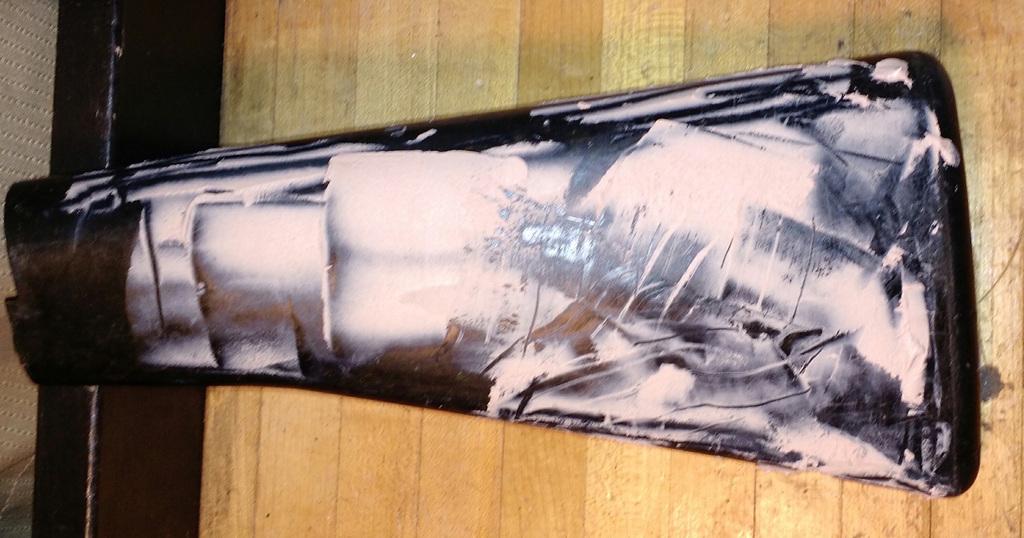
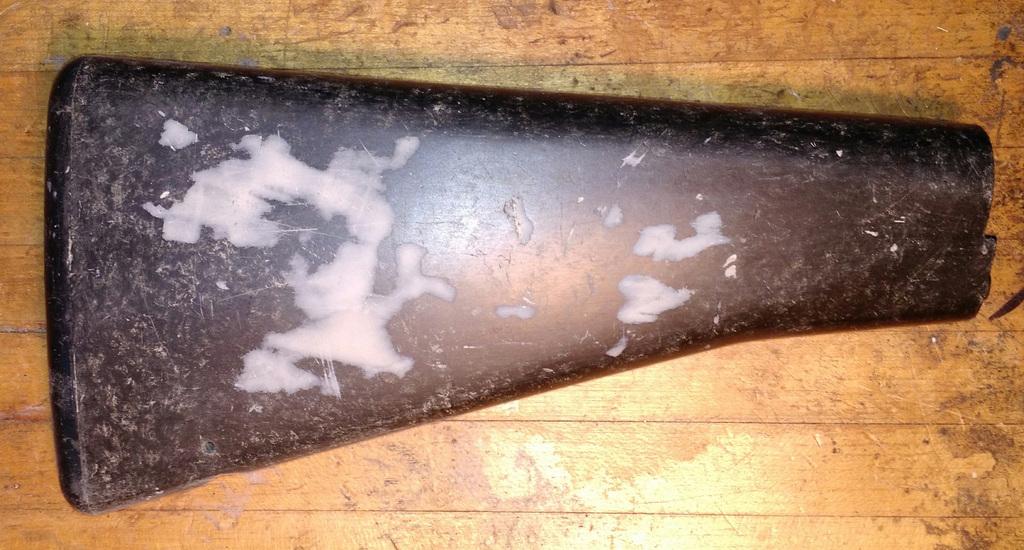
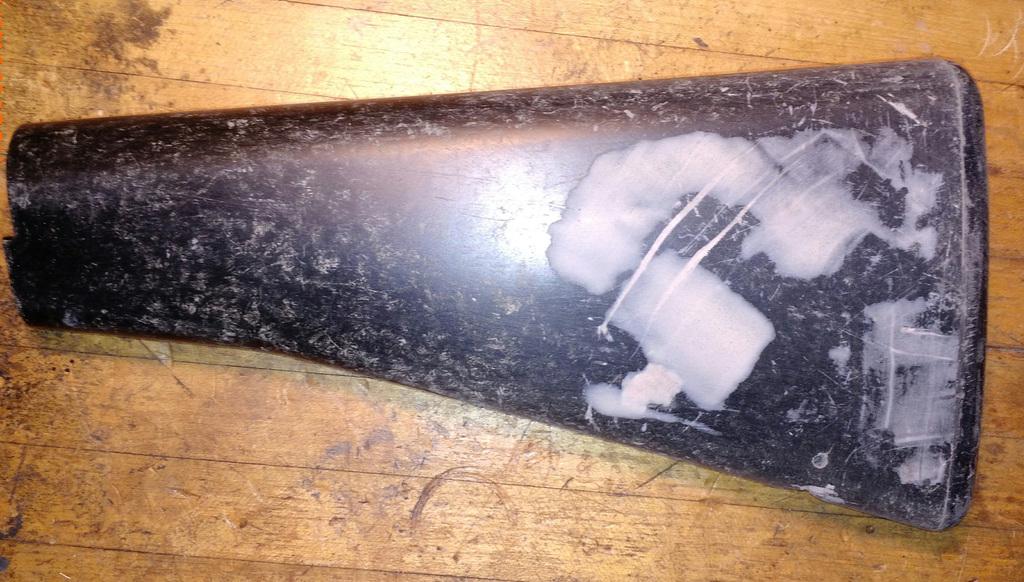
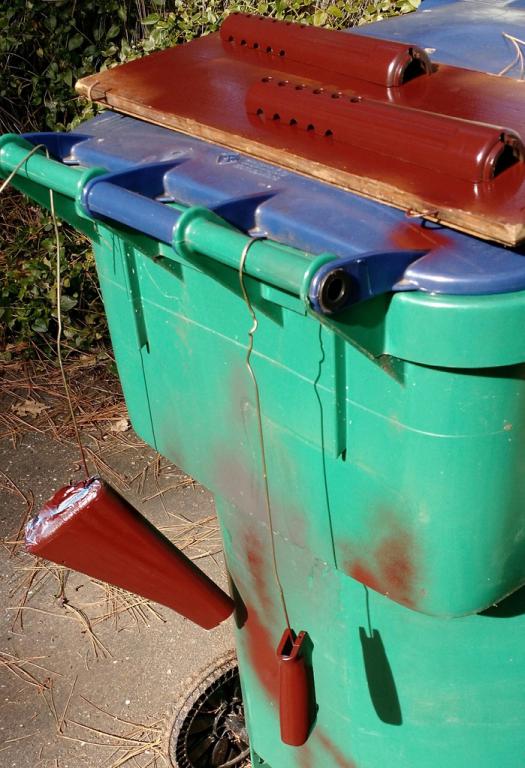
 PM
PM


